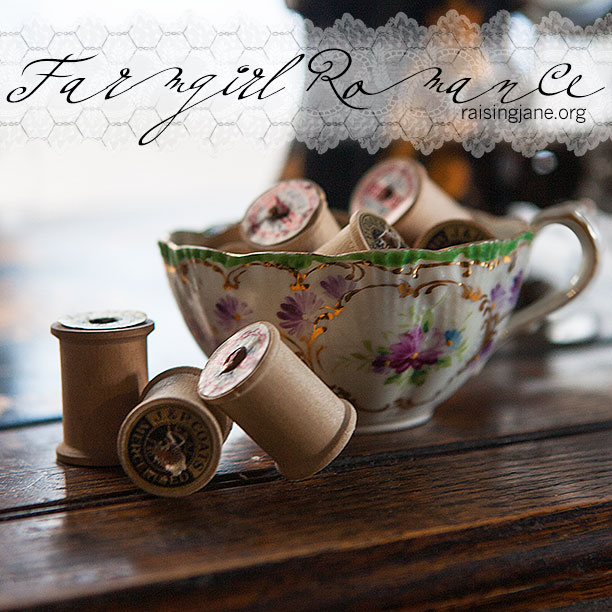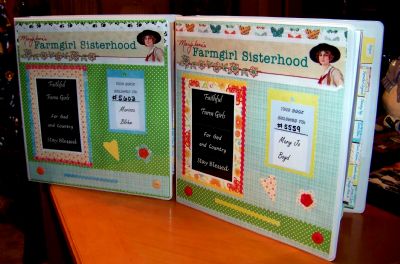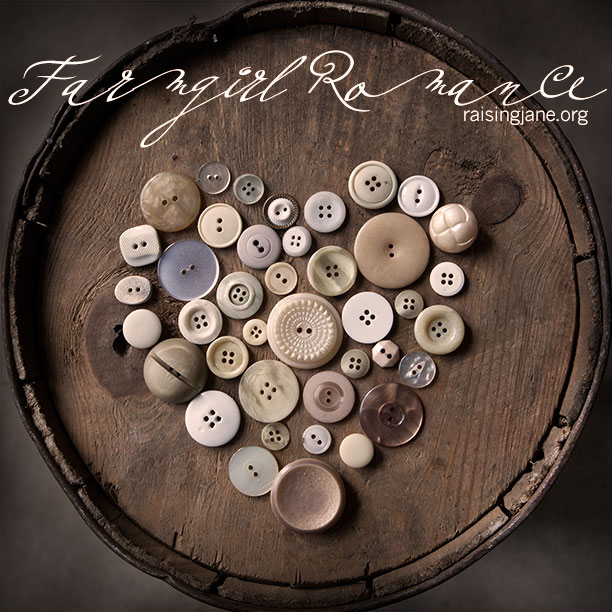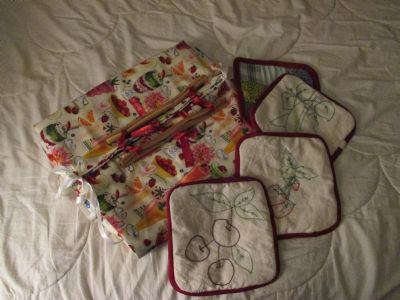The adorable, always humorous MBA Jane is my way of honoring our Sisterhood Merit Badge program, now with 5,730 dues-paying members who have earned an amazing number of merit badges so far—8,037 total! Take it away, MBA Jane!!! MJ
Wondering who I am? I’m Merit Badge Awardee Jane (MBA Jane for short). In my former life …
For this week’s Cleaning Up/My Fair Farmgirl Intermediate Level Merit Badge, I went where none of us like to go.
Under my arms.
Yep, it was the pits under there.
Ha! Get it? The pits?
Hello? Is this thing on?
Well, anyway, I had been hearing lots of claims, stories, rumors, etc., about the dangers of deodorant.
I know, I know, what kind of a world do we live in where we even have to fear anti-perspirant? It’s a travesty.
But in all honesty, my farmgirl peeps, I was plugging my ears and not listening in a distinctly rebellious fashion.
La la la! I can’t hear youuuuuuuuuuu!
Like that. Only with less maturity (if possible).
You see, I’m a fan of smelling nice. I’m a fan of others smelling nice.
I am NOT a fan of body odor run amuck.
And even though the whispers were getting louder, I was still skeptical. Yeah sure, I thought, I’m all for hippy-dippy, granola loving, tree hugging, au naturale type living, but we gotta draw the line somewhere. And that line for me was the one you get from your stick of perfumed chemicals on your black t-shirt (hey, at least you know you remembered to apply it, right?)
But finally, I took my fingers out of my ears and decided to give it a go. What would be the worst that could happen? We were about to find out …
Sweet Orange and Mint Deodorant
1/3 c baking soda
1/3 c cornstarch or arrowroot powder
6 T coconut oil
Essential oil (I used sweet orange oil + tea tree oil, for their yummy smell + natural antifungal/antibacterial properties. You could also try lavender, rosemary, eucalyptus, almond … Mix it up!)
Combine your cornstarch and baking soda first. Mix with all your other ingredients and place into a small glass jar to store. Remember with your essential oils that the scent will lessen a bit when your mixture comes to room temperature, so don’t be afraid if it smells a little strong at first.
And now, the customizations:
- Add more coconut oil (or a bit of shea butter, or the insides of a vitamin E capsule) if you need extra moisture/smoothing from your deodorant.
- Decrease the ratio of baking soda/tea tree oil if you have sensitive skin.
- Once you’ve applied your deodorant, pat a little cornstarch on top of your underarm to ‘set’ things—this also helps with long-term lessening of underarm pigmentation (who knew).
Well? The verdict? No one has pinched their nostrils shut with clothespins around me; I don’t have a white mess on my favorite shirt; I’ve lowered my risk of breast cancer and Alzheimer’s; and I think I may be in love. Plus, my underarms are baby soft, smooth, and irritation free.
Yay!




































































Christy, this is a beautiful piece that you made! Wow, I love the colors and all the detail of the layers. Congratulations on your well deserved Expert level badge!!
Congratulations, Christy!! I love the details in this!! It’s so pretty!